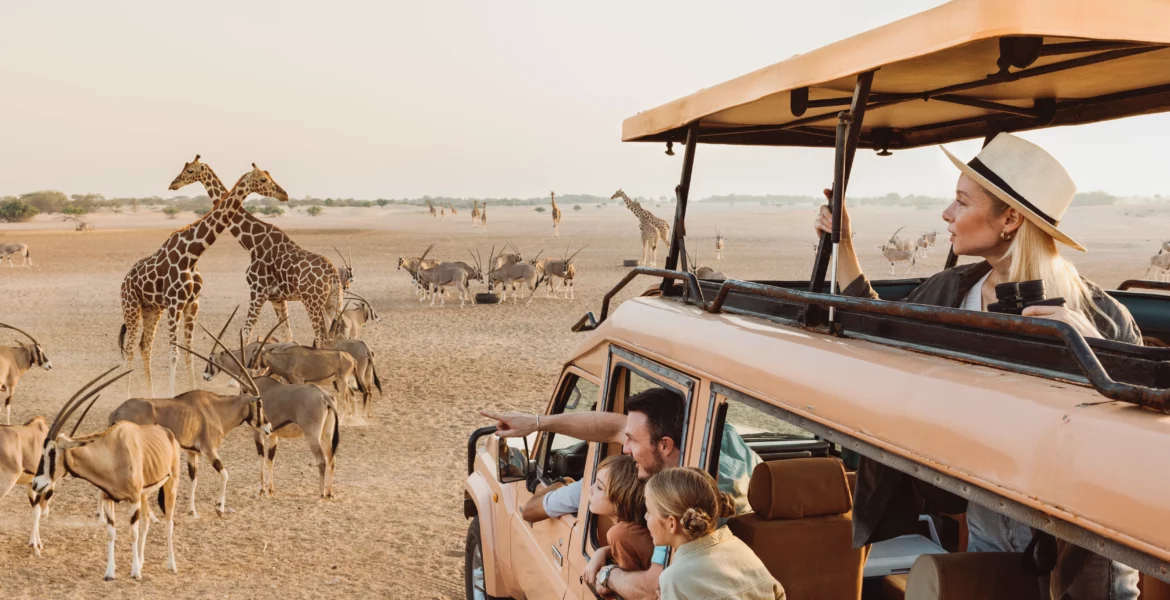UAE is renowned for its modern cities and towering skyscrapers, but it also harbors a wealth of natural beauty within its lesser-known wildlife sanctuaries. These protected areas offer a glimpse into the nation’s rich biodiversity and commitment to conservation. Here are some of the UAE’s hidden ecological treasures:
Al Marmoom Desert Conservation Reserve, Dubai
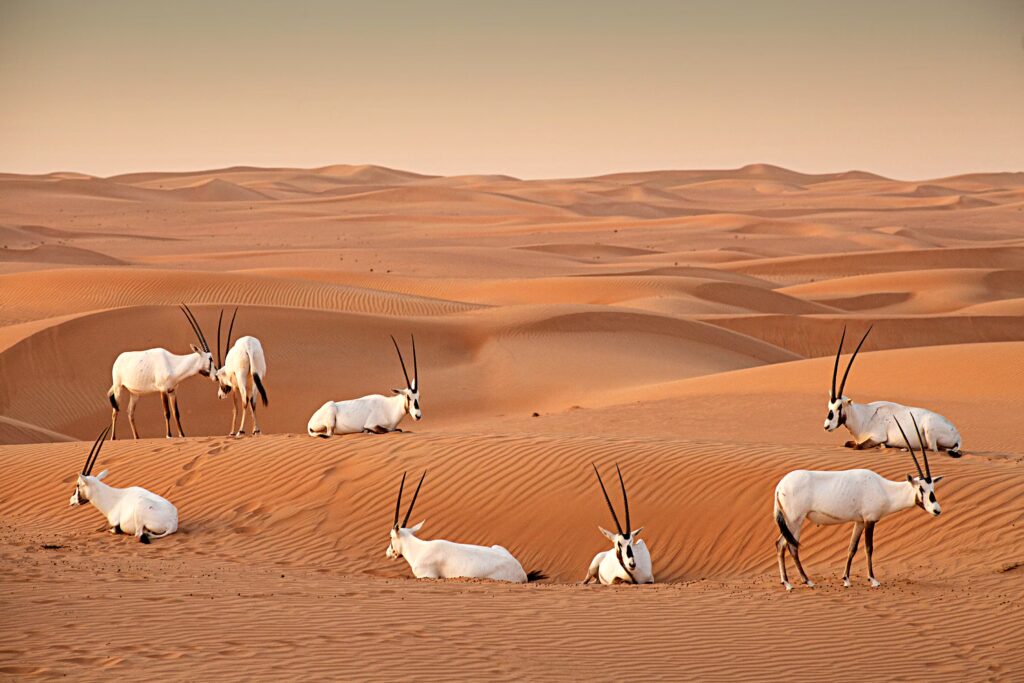
Spanning vast expanses of desert, the Al Marmoom Desert Conservation Reserve is one of the largest unfenced nature reserves in the UAE. It serves as a sanctuary for over 200 species of native birds and 150 species of migratory birds. Visitors can also encounter the Arabian oryx, various reptiles, and vibrant flamingos, especially around the nearby Al Qudra Lake.
Al Wathba Wetland Reserve, Abu Dhabi
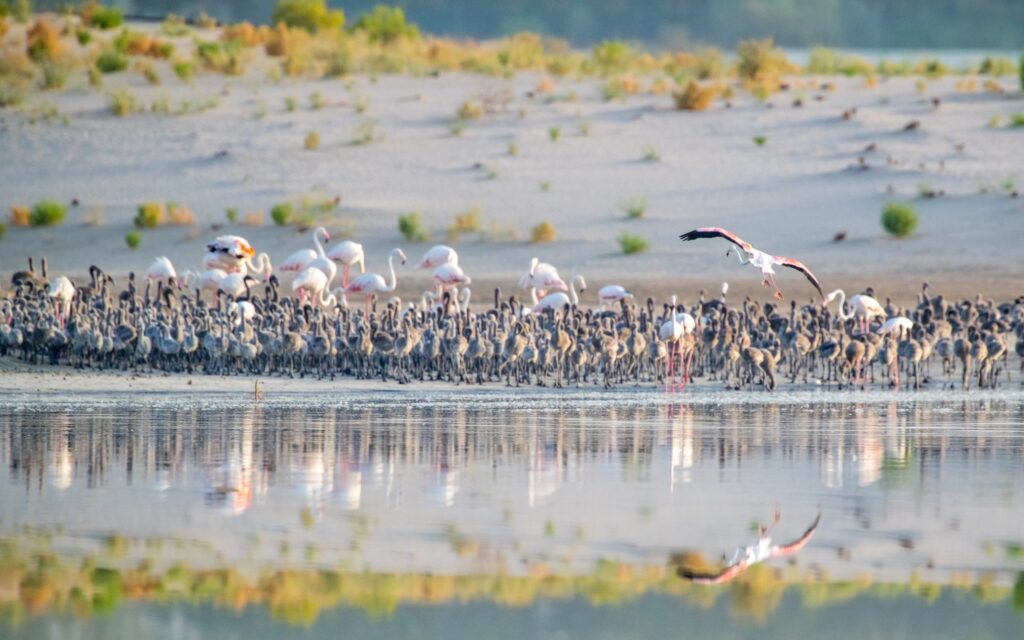
Located approximately 45 minutes from Abu Dhabi’s city center, the Al Wathba Wetland Reserve is a haven for bird enthusiasts. The reserve boasts over 250 bird species, with flamingos being a star attraction, especially during the migration seasons when their numbers can exceed 4,000. The area comprises both natural and man-made lakes, supporting a diverse range of flora and fauna.
Al Wasit Nature Reserve, Sharjah
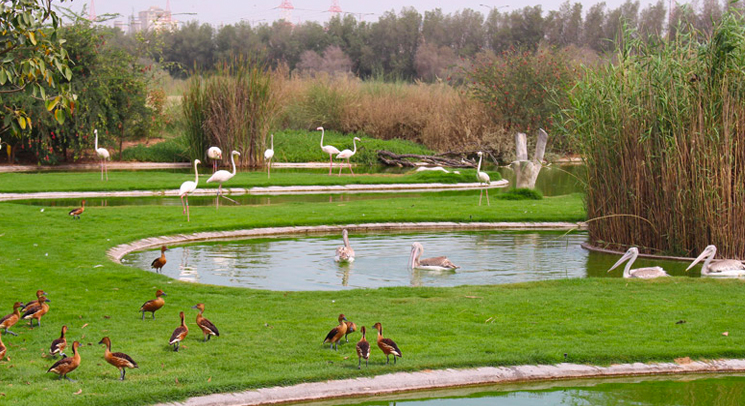
Nestled in the emirate of Sharjah, the Al Wasit Nature Reserve is a bird watcher’s paradise, hosting 198 species of native and migratory birds. Visitors can observe species such as herons, purple swamphens, and white ibises. The reserve also houses rare insects and plants, offering a comprehensive glimpse into the region’s ecosystem.
Al Zorah Nature Reserve, Ajman
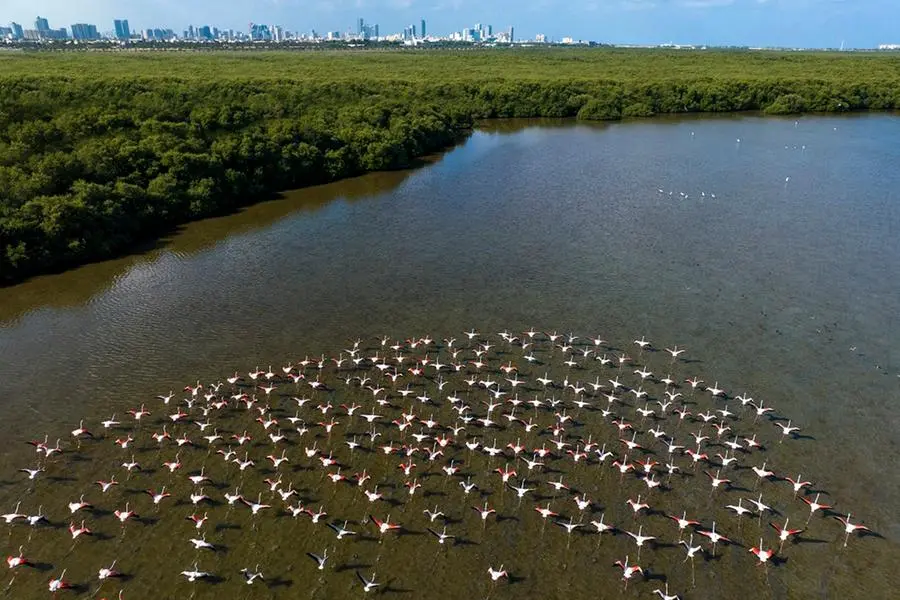
In the smallest emirate of Ajman lies the Al Zorah Nature Reserve, characterized by serene beaches and dense mangrove ecosystems. This reserve provides a crucial habitat for various bird species and marine life, reflecting the UAE’s diverse natural landscapes.
Ras Al Khor Wildlife Sanctuary, Dubai
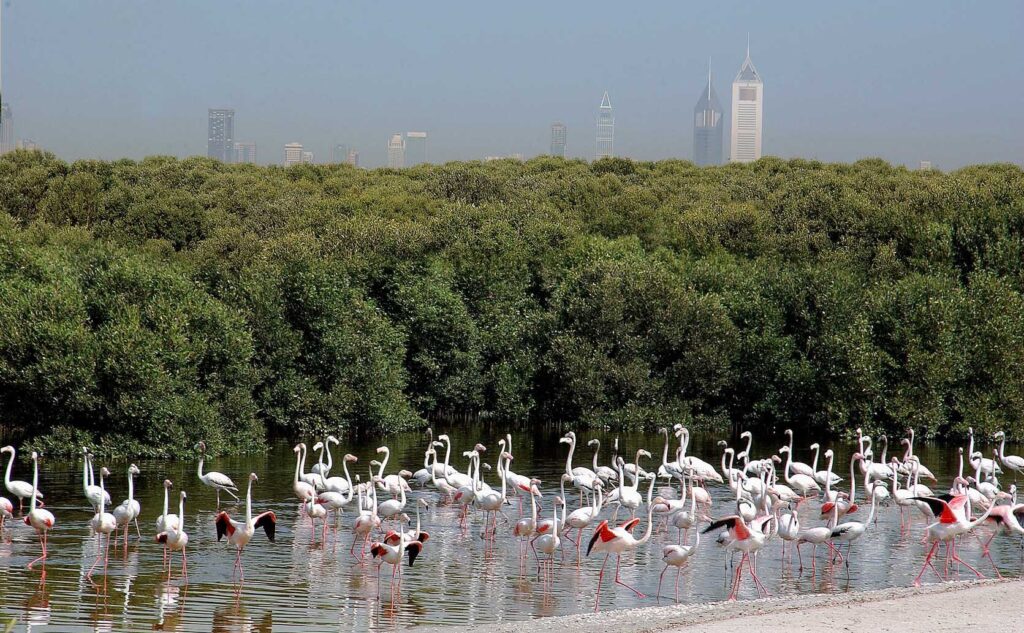
Although relatively well-known among birdwatchers, Ras Al Khor remains an underrated wildlife destination. Located near Dubai’s urban center, the sanctuary is famous for its flocks of flamingos, but it also supports over 450 species of birds, crustaceans, and small mammals in its wetlands.
[Contributed By Anushka Gaikwad]

